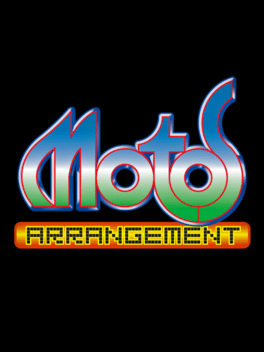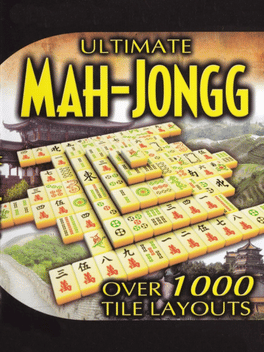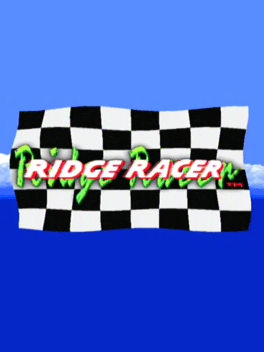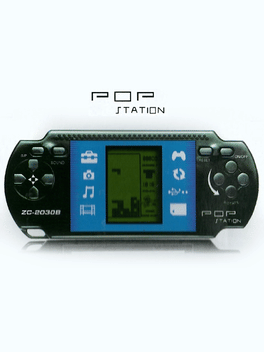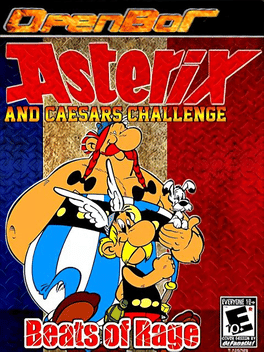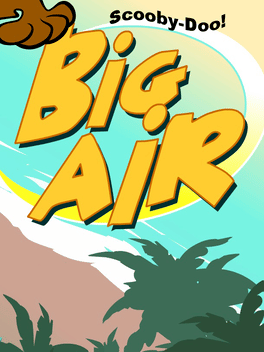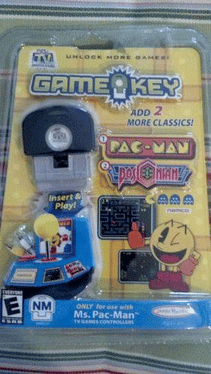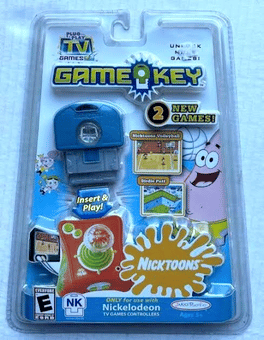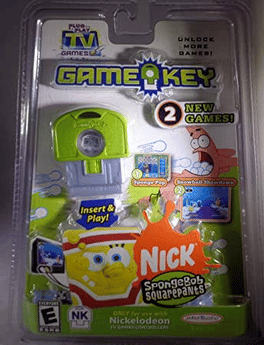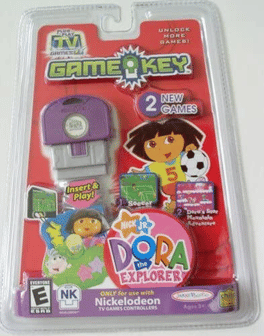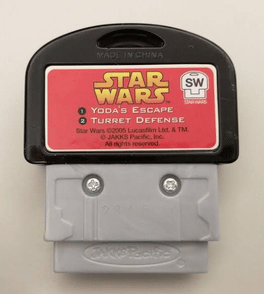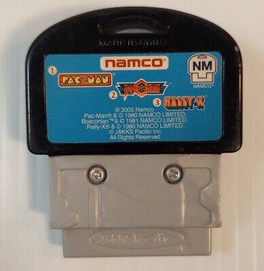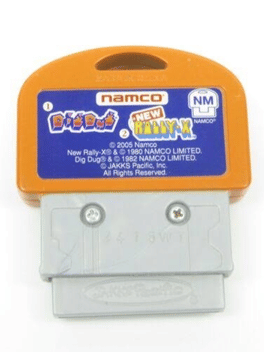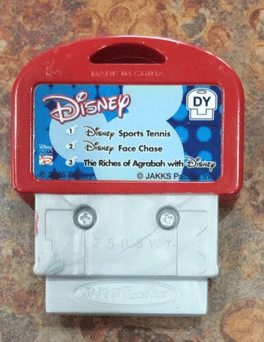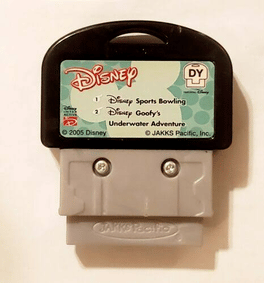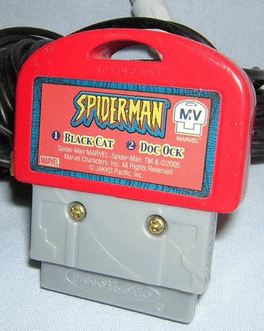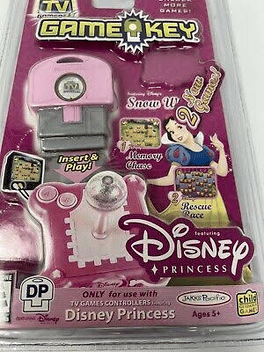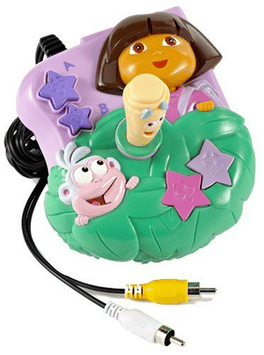New Games - Page 10318
-
Motos Arrangement
2005
Motos Arrangement
2005
A remake of Motos, released initially in the Japanese version of Namco Museum Battle Collection. -
Ultimate Mah-Jongg
2005
Ultimate Mah-Jongg
2005
Ultimate Mah-Jongg which allows the player to play of the 1001 tile layouts, using any of seven tile images, in either 2D or 3D. This is the mode where the player has access to the editors that create new tile layouts and tile sets. This game mode plays in a window only. -
Ridge Racer
2005
Ridge Racer
2005
Ridge Racer is a port of the 1993 racing game made for mobile devices and the Zeebo. -
POP Station
2005
POP Station
2005
POP Station is a Brick Game variant with the casing imitating a PlayStation Portable. It is a bootleg version of the already bootleg handheld Pop Station, which uses an LCD screen but isn't Brick Game-based. -
Asterix and Caesar's Challenge
2005
You accompany Astérix and Obélix in their adventures. The game is set up like the old school Batman Returns, or King of Dragons. You have an energy bar. Use your energy to perform two different attacks and beat the Roman army. Often mistaken for the P-CD-i release "Asterix: Caesar's Challenge", this game was released for PC and is thought to be a fan-made 2d scroller beat-em-up developed by Belavi Team and taken from the original Arcade game "Asterix". -
Scooby-Doo!: Big Air
2005
Scooby-Doo!: Big Air
2005
In the Big Air game, the sun is as bright as ever, and Scooby-Doo is getting sporty. The cute doggy got bored of playing indoor and has the idea to train his fabulous moves on the skateboard. -
GameKey: Namco - Pac-Man / Bosconian
2005
An expansion (GameKey) for plug & play consoles with "NM" compatibility. -
GameKey: Nicktoons - Nicktoons Volleyball / Birdie Putt
2005
An expansion (GameKey) for Nickelodeon Jakks Pacific plug & play consoles with the compatibility code "NK". -
GameKey: Nick SpongeBob SquarePants - Sponge Pop / Snowball Showdown
2005
An expansion (GameKey) for Nickelodeon Jakks Pacific plug & play consoles with the compatibility code "NK". -
GameKey: Dora the Explorer - Soccer / Dora's Star Mountain Adventure
2005
An expansion (GameKey) for Nickelodeon Jakks Pacific plug & play consoles with the compatibility code "NK". -
GameKey: Star Wars - Yoda's Escape / Turret Defense
2005
An expansion (GameKey) for the Star Wars Jakks Pacific plug & play consoles. It works with the consoles with "SW" compatibility. -
GameKey: Namco - Pac-Man / Bosconian / Rally-X
2005
An expansion (GameKey) for Namco Jakks Pacific plug & play consoles. It works with consoles with the compatibility code "NM". Included games: - Pac-Man - Bosconian - Rally-X -
GameKey: Namco - Dig Dug / New Rally X
2005
An expansion (GameKey) for Namco Jakks Pacific plug & play consoles. It works with consoles with the compatibility code "NM". Included games: - Dig Dug - New Rally-X -
GameKey: Disney - Disney Sports Tennis / Disney Face Chase / The Riches of Agrabah with Disney
2005
An expansion for the Disney plug & play by Jakks Pacific. -
GameKey: Disney - Disney Sports Bowling / Goofy's Underwater Adventure
2005
An expansion the Jakks Pacific Disney Plug & Play. It contains two games. -
GameKey: Spider-Man - Black Cat / Doc Ock
2005
GameKey: Spider-Man – Black Cat / Doc Ock is an expansion cartridge for Jakks Pacific’s plug-and-play Spider-Man TV game. It introduces several additional games and challenges themed around encounters with Doctor Octopus and Black Cat. -
GameKey: Disney - Disney Sports Tennis / Disney Face Chase
2005
An expansion the Jakks Pacific Disney Plug & Play. It contains two games: - Disney Sports Tennis A basic Disney-themed tennis game - Disney Face Chase A puzzle game, where the player matches pictures of famous Disney characters, such as Mickey Mouse. -
GameKey: Disney Princess - Rescue Race / Memory Chase
2005
Rescue Race / Memory Chase is a GameKey cartridge designed to be used with Disney Princess Jakks Pacific Plug & Play with GameKey compatibility. It contains two games based on Disney's Snow White and the Seven Dwarves. -
Dora the Explorer: Nursery Rhyme Adventure
2005
Dora The Explorer: Nursery Rhyme Adventure is a Plug It In & Play TV Game released by Jakks Pacific in 2005. Other game names are indicated on the packaging: Dora's Nursery Rhyme Adventure and Dora the Explorer 2. There is a story mode, as well as the ability to run mini-games. -
Dora the Explorer
2005
Dora the Explorer
2005
Dora The Explorer: Race To Play Park is a Plug It In & Play TV Game released by Jakks Pacific in 2005. The controller consists of a board game named Play Park Race, where before each game you play a memory game called Memory Match.

